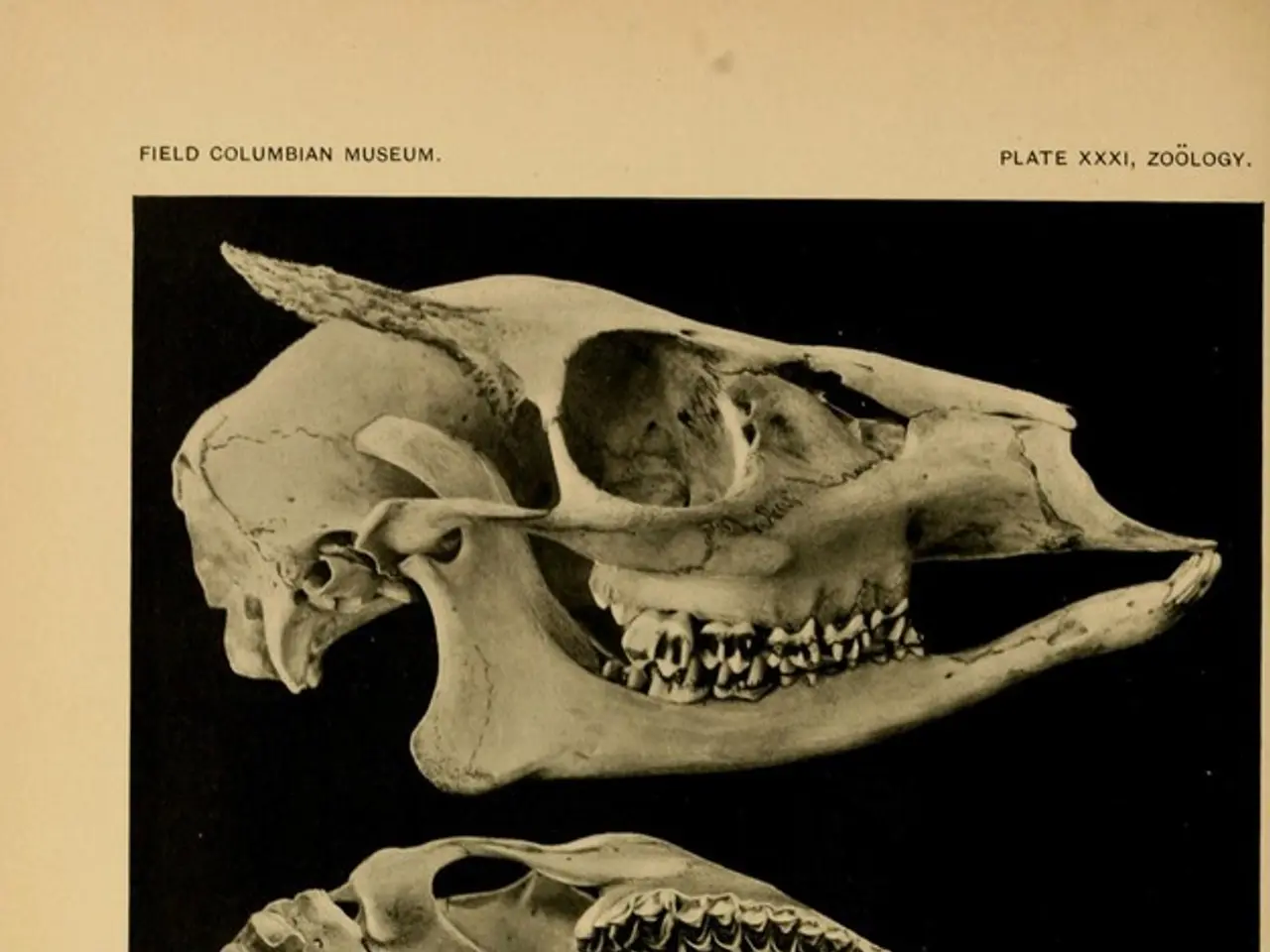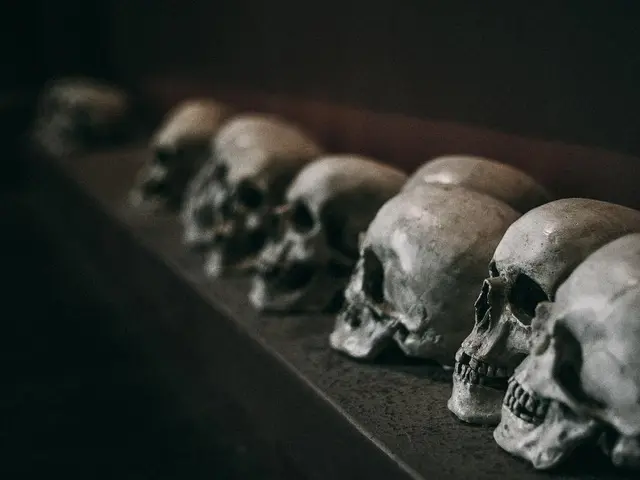Researchers Successfully Replicate Ancient Egyptian Mummy's Voice with 3D Printing Technology
In a groundbreaking achievement, scientists at Leeds Teaching Hospitals and Leeds Museums and Galleries have successfully reconstructed the voice of a 3,000-year-old mummy named Nesyamun. This ancient Egyptian priest, who sang praises of worship at the Karnak temple in Thebes, now has his voice heard again after more than three millennia.
The key to this remarkable feat was the preservation of Nesyamun’s soft tissues in his vocal tract area, which is rare for a mummy. Using CT scans, researchers captured the precise shape and dimensions of his preserved vocal tract. These scans allowed them to create a 3D-printed model of this vocal tract. An artificial electronic larynx, which produces sound electronically, was then used to drive this 3D-printed vocal tract, producing a vowel-like sound that approximates what Nesyamun's voice might have sounded like.
However, it is important to note that the sound reflects the physical vocal anatomy rather than intentional speech or actual words Nesyamun spoke. This is due to some soft tissues having decomposed. The high-tech replica has only produced one sound - an unclear drawl that resembles an "ah" or "eh"-sounding vowel.
The interdisciplinary project combined digital scanning (CT) technology, 3D printing, and speech synthesis methods involving an electronic larynx. The team hopes to modify the computer software to predict speech elements such as tongue size and jaw position for a more accurate replica of Nesyamun’s speech patterns.
Nesyamun's gift of melody was immortalized on his coffin with an inscription that read, "Nesyamun, true of voice." Archaeologists who have examined his mummy up close suggest that the ancient priest likely died in his 50s. The cause of his death was originally speculated to be strangulation but was later suggested to be from an allergic reaction, possibly from an insect sting on his tongue.
This voice reconstruction is a significant first step toward recreating Nesyamun’s full sonic vocabulary. It fulfills his ancient wish to have his voice heard in the afterlife and represents a unique form of connecting with a historical figure through sound reconstruction.
This isn't the first time scientists have attempted to bring voices from the past to life. For example, the voice of Ötzi the Iceman, a caveman who lived 5,300 years ago, was reconstructed using similar methods. There are also 29 reconstructed faces of ancient people available, ranging from Neanderthals to Jesus.
However, as Egyptologist Kara Cooney noted, when human beings are used in such reconstructions, there can be an agenda that might not be aware of. This underscores the importance of maintaining a factual and objective approach in these groundbreaking studies.
References:
[1] Scientific Reports. (2021). Reconstructing the voice of a 3,000-year-old mummy. Retrieved from https://www.nature.com/articles/s41598-021-98157-z [2] BBC News. (2021). Mummy's voice: How scientists made a 3,000-year-old Egyptian priest speak. Retrieved from https://www.bbc.com/news/science-environment-57530961 [3] Smithsonian Magazine. (2021). Scientists Recreate the Voice of a 3,000-Year-Old Egyptian Priest. Retrieved from https://www.smithsonianmag.com/smart-news/scientists-recreating-voice-3000-year-old-egyptian-priest-180976382/ [4] The Guardian. (2021). Mummy's voice: the ancient Egyptian priest who can say 'ehhh'. Retrieved from https://www.theguardian.com/science/2021/oct/12/mummies-voice-the-ancient-egyptian-priest-who-can-say-ehhh
The voice reconstruction of Nesyamun, a 3,000-year-old ancient Egyptian priest, marks an intersection of various disciplines, including archaeology, science, medical-conditions, and technology, showcasing the potential of health-and-wellness and digital scanning (CT) technology in conjunction with 3D printing and speech synthesis methods. The innovative approach used in this project highlights the importance of maintaining a factual and objective approach in such groundbreaking studies, as accurate representation plays a crucial role in history and connecting with historical figures. Nesyamun's reconstructed voice serves as a testament to advancements in reconstructing the past, with parallels found in similar efforts spent on Ötzi the Iceman and various ancient people's faces.




